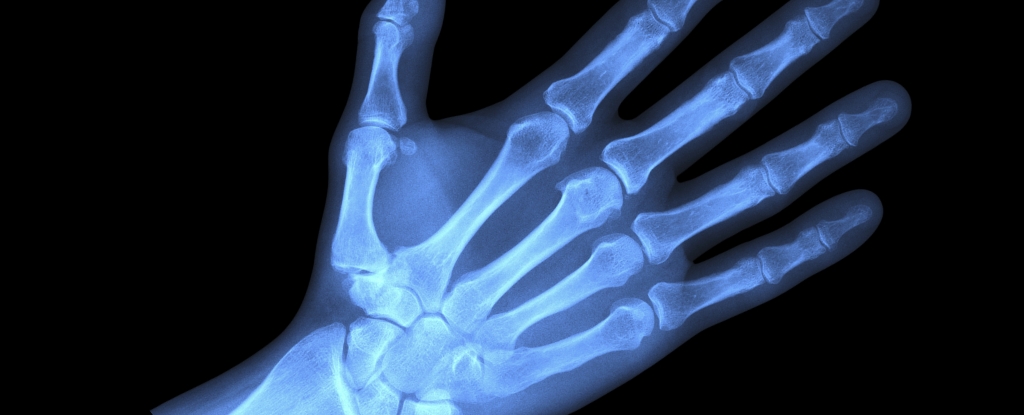For hungry Neanderthals, there was more on the menu than wild mammals, roasted pigeon, seafood and plants. Chemical signatures in the ancient bones point to a nutritious and somewhat inevitable side dish: handfuls of fresh maggots.
The theory from US researchers undermines previous thinking that Neanderthals were “hypercarnivores” who stood at the top of the food chain with cave lions, sabre-toothed tigers and other beasts that consumed impressive quantities of meat.
Rather than feasting on endless mammoth steaks, they stored their kills for months, the scientists believe, favouring the fatty parts over lean meat, and the maggots that riddled the putrefying carcasses.
“Neanderthals were not hypercarnivores, their diet was different,” said John Speth, professor emeritus of anthropology at the University of Michigan. “It’s likely maggots were a major food.”
Neanderthals were thought to be top of the food chain because of the high levels of heavy nitrogen in their bones. Nitrogen builds up in living organisms when they metabolise protein in their food. A lighter form of the element, nitrogen-14, is excreted more readily than the heavier form, nitrogen-15. As a result, heavy nitrogen builds up in organisms with each step up the food chain, from plants to herbivores to carnivores.
While the levels of heavy nitrogen in Neanderthal bones place them at the top of the food chain, they would not have been able to handle the amount of meat needed to reach those levels, the researchers say.
“Humans can only tolerate up to about 4 grams of protein per kilogram of body weight, whereas animals like lions can tolerate anywhere from two to four times that much protein safely,” said Speth.
Since many Indigenous groups around the world routinely consume maggots in putrefied meat, the researchers decided to explore their potential role. The experiments were not for the squeamish.
Dr Melanie Beasley, a member of the team at Purdue University in Indiana, was formerly at the Forensic Anthropology Center, or Body Farm, at the University of Tennessee. There, researchers study donated human corpses that are left to decompose. The work helps forensic scientists hone their techniques, for example, to ascertain for how long people have been dead.
Beasley measured heavy nitrogen in putrefying muscle and the maggots that infested the corpses. Heavy nitrogen rose slightly as muscle putrefied, but was far higher in the maggots. The same process would have occurred in carcasses the Neanderthals stored, Beasley said.
The finding, reported in Science Advances, suggests that rather than consuming meat as ravenously as lions and other hypercarnivores, Neanderthals acquired high levels of heavy nitrogen by eating maggots, which themselves were enriched with heavy nitrogen.
“The only reason this is surprising is that it contradicts what we westerners think of as food,” said Karen Hardy, professor of prehistoric archaeology at the University of Glasgow. “Elsewhere in the world, a very wide range of things are eaten, and maggots are a great source of protein, fat and essential amino acids.”
“It is a no brainer for Neanderthals,” she added. “Put out a bit of meat, leave it for a few days then go back and harvest your maggots, its a very easy way to get good nutritious food.”
“How does it shift our thinking? The Neanderthals as top carnivores was nonsense, it was physiologically impossible. So this makes sense, but also explains these high nitrogen signals in a way that nothing else has done so clearly,” Hardy said.
Source link


